Gerard Howard
Evolution of Plastic Learning in Spiking Networks via Memristive Connections
Dec 14, 2012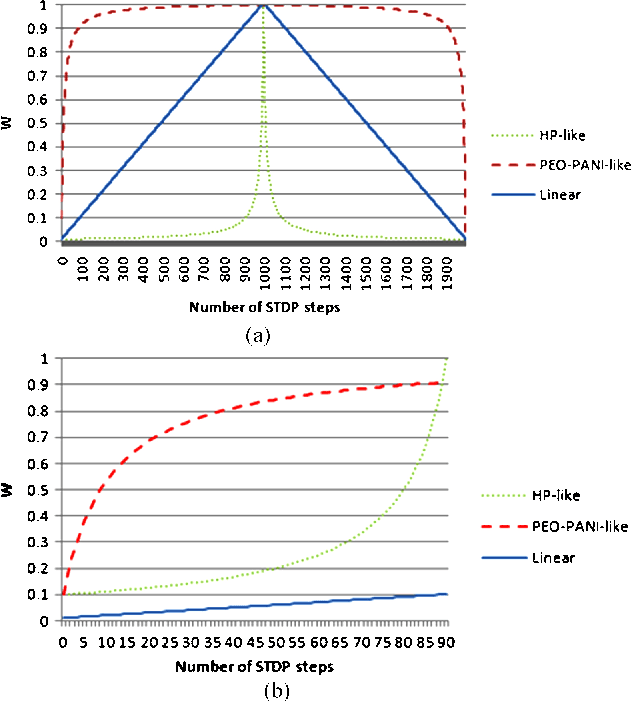
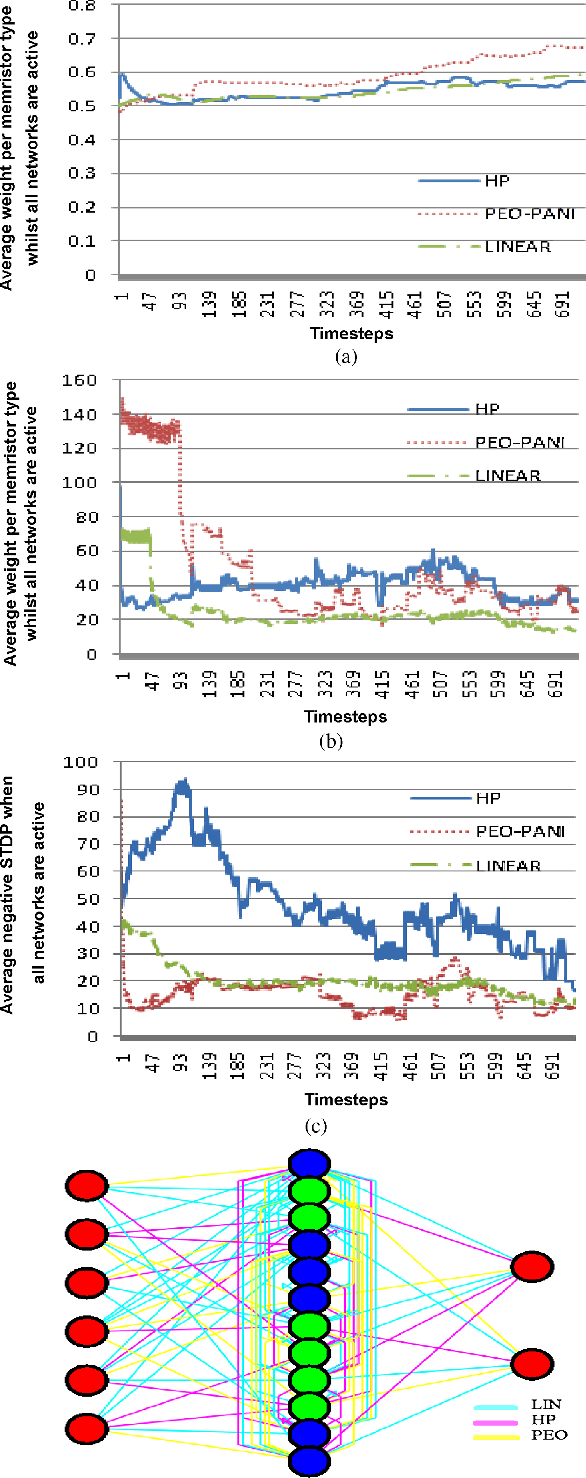
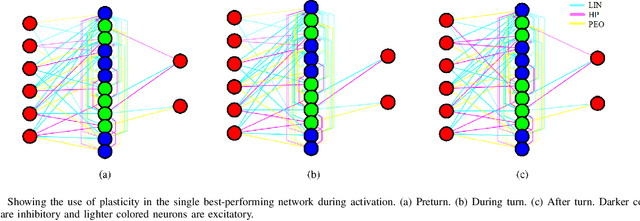
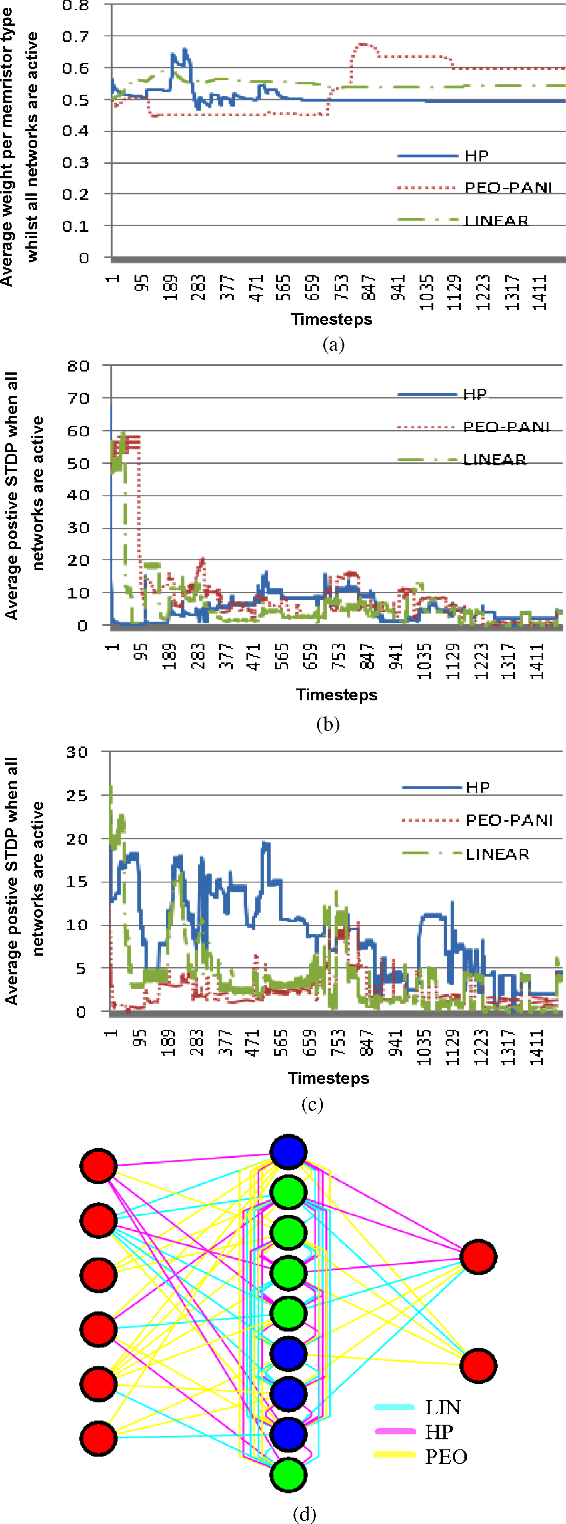
Abstract:This article presents a spiking neuroevolutionary system which implements memristors as plastic connections, i.e. whose weights can vary during a trial. The evolutionary design process exploits parameter self-adaptation and variable topologies, allowing the number of neurons, connection weights, and inter-neural connectivity pattern to emerge. By comparing two phenomenological real-world memristor implementations with networks comprised of (i) linear resistors (ii) constant-valued connections, we demonstrate that this approach allows the evolution of networks of appropriate complexity to emerge whilst exploiting the memristive properties of the connections to reduce learning time. We extend this approach to allow for heterogeneous mixtures of memristors within the networks; our approach provides an in-depth analysis of network structure. Our networks are evaluated on simulated robotic navigation tasks; results demonstrate that memristive plasticity enables higher performance than constant-weighted connections in both static and dynamic reward scenarios, and that mixtures of memristive elements provide performance advantages when compared to homogeneous memristive networks.
A Spiking Neural Learning Classifier System
Jan 16, 2012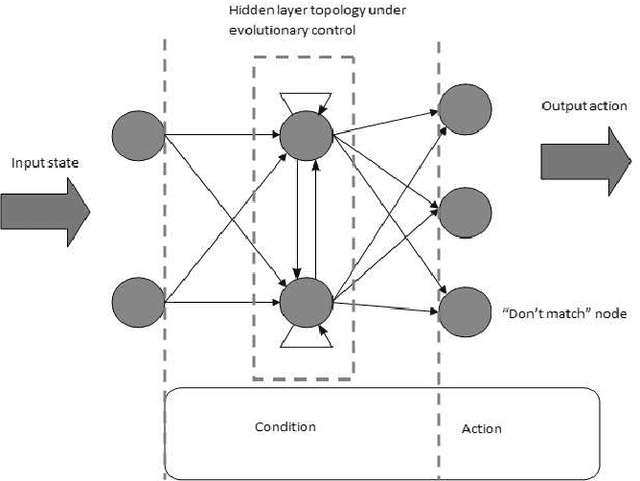
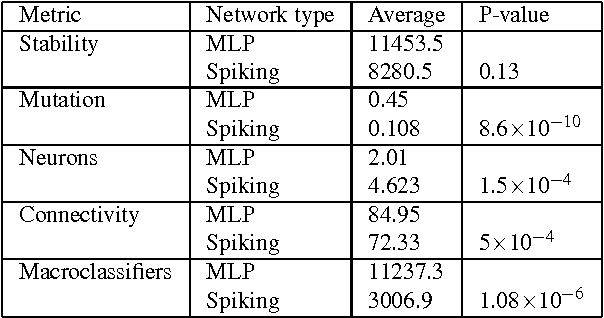
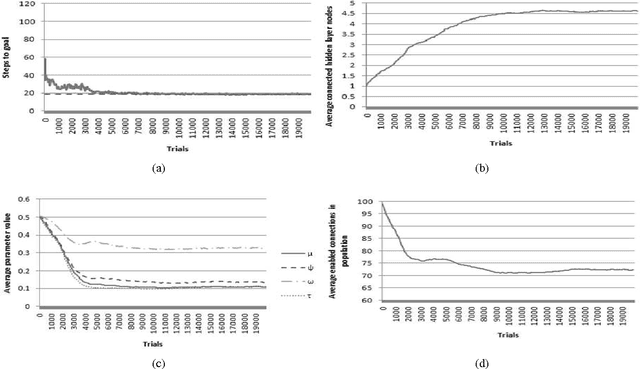
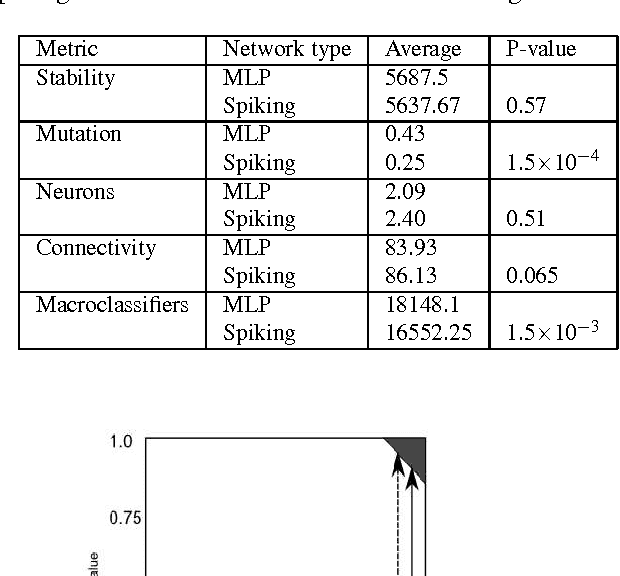
Abstract:Learning Classifier Systems (LCS) are population-based reinforcement learners used in a wide variety of applications. This paper presents a LCS where each traditional rule is represented by a spiking neural network, a type of network with dynamic internal state. We employ a constructivist model of growth of both neurons and dendrites that realise flexible learning by evolving structures of sufficient complexity to solve a well-known problem involving continuous, real-valued inputs. Additionally, we extend the system to enable temporal state decomposition. By allowing our LCS to chain together sequences of heterogeneous actions into macro-actions, it is shown to perform optimally in a problem where traditional methods can fail to find a solution in a reasonable amount of time. Our final system is tested on a simulated robotics platform.
 Add to Chrome
Add to Chrome Add to Firefox
Add to Firefox Add to Edge
Add to Edge